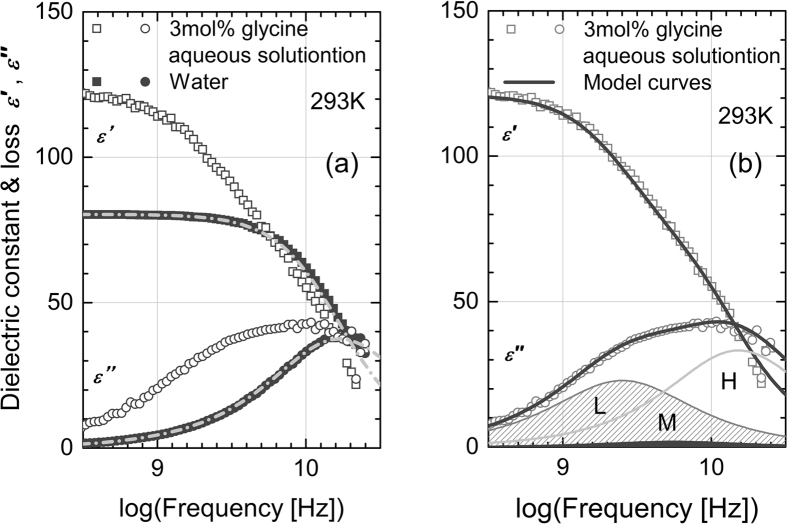Figure 2. Dielectric constant and loss of glycine aqueous solution and pure water.
Dielectric constant and loss of (a) 3 mol% glycine aqueous solution (open symbols) and water (filled symbols); (b) best-fitting curve for the aqueous solution of glycine. Figure 2(a) shows that the solution has a greater dielectric constant at lower frequencies and that an additional loss shoulder appears at the lower-frequency side of the water relaxation process due to adding glycine. Similar behaviors were observed in all the samples with different amino acids. These behaviors are consistent with those observed in previous works11,12. To analyze the complex permittivity in detail, we attempted to fit the experimental data using three Debye functions (Eq. 1). In previous papers, Sato et al.11 and Rodriguez-Arteche et al.12 introduced only two relaxation processes to describe their experimental results in a similar frequency range. However, they assumed one Debye function for the high-frequency process11,12 and one Cole-Cole function for the low-frequency process12. Combined with the aforementioned previous results, our results strongly suggest that the H process is due to bulk water and the L process is due to the rotational diffusion of the amino acid molecule. The H process is slightly affected by adding glycine, in contrast with the aqueous solution of collagen. Because an amino acid molecule is considered to behave as a zwitter ion under an appropriate pH, a significant amount of water corresponding to the amino acid molar fraction is taken from the bulk water owing to the hydration around the positive and negative charges. This effect decreases the value of the loss peak of the H process, as has been discussed in previous papers11,12. In contrast, the M process has not been mentioned in the previous dielectric studies11,12. Note that dielectric dispersion corresponding to the M process can be involved in the L process if we employ the Cole-Cole function for the L process. We do not further discuss the small M process in this paper.

